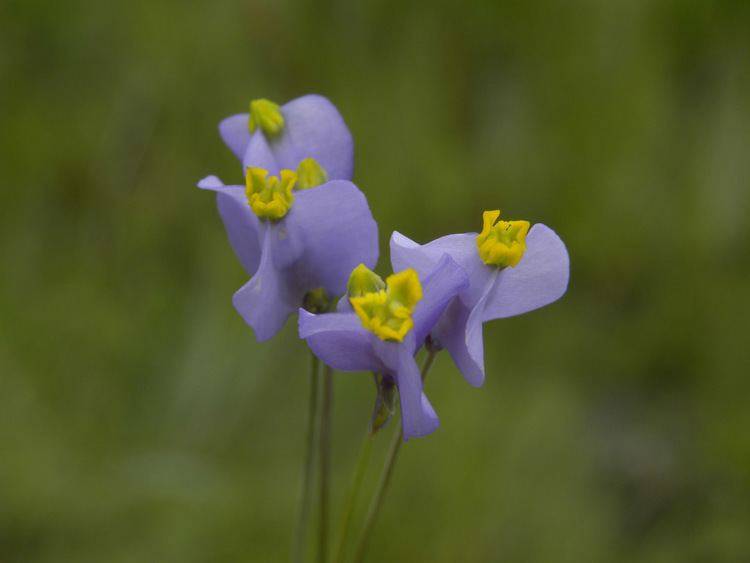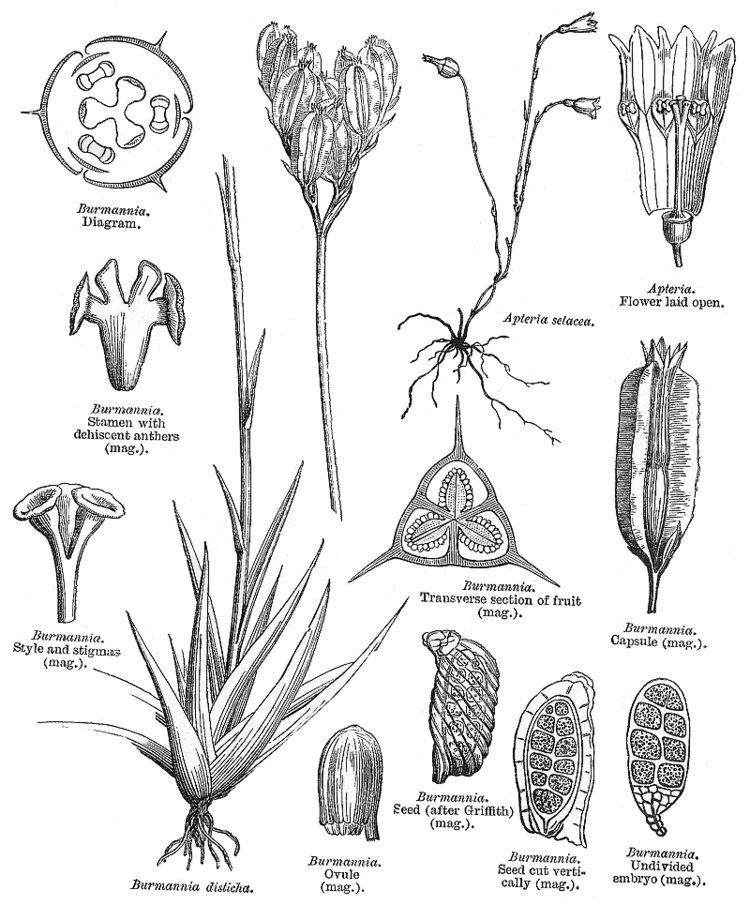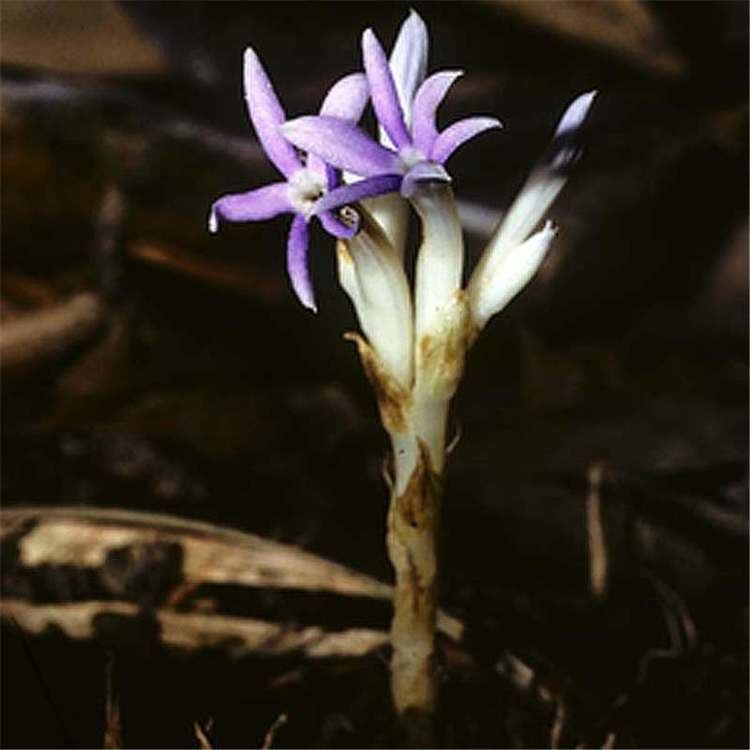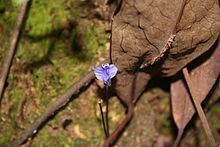Scientific name Burmanniaceae Rank Family | Higher classification Orchidales | |
 | ||
Burmanniaceae fungi kingdom
Burmanniaceae is a family of flowering plants, consisting of 99 species of herbaceous plants in eight genera.
Contents
Description

Often they are quite remarkable plants, more often red than green, without much leaf area and not growing very big in any way. The reason for this appearance is that the members of the family are all myco-heterotrophic species. They are mainly distributed in the southern hemisphere and grow in shady and tropical environments. Many of the plants in the family are threatened species.
Taxonomy

John Lindley described the family as Burmanniae, with the single genus Burmannia, in 1830. In 1998 the APG I system placed Burmanniaceae as one of five families in the order Dioscoreales, within the monocot clade. The APG II system of 2003, as a result of an extensive study by Caddick and colleagues (2002), using an analysis of three genes, rbcL, atpB and 18S rDNA, in addition to morphological criteria, led to a considerable rearrangement of the families within Dioscoreales. In APG II the circumscription of the family was wider and included the plants that belonged to the family Thismiaceae in APG I. The result was an order with only three families. APG III (2009) left this arrangement unchanged.

Nevertheless, some ongoing research has challenged this relationship claiming that the older classification better reflects the evolutionary relationships between the genera. According to these researchers the constituent clades are as follows:
Burmanniaceae sensu stricto
Afrothismia clade
Tribe Thismieae

But because of conflicting evidence, the APG IV (2016) authors felt it was still premature to propose a restructuring of the order since the most recent evidence upholds the APG configuration and the work of Caddick and colleagues.
Evolution

According to molecular analyses, the myco-heterotrophic type of life that these species lead evolved six (or even more) times independently in the three clades that are part of Burmanniaceae. Afrothismia and tribe Thismieae represent two of these shifts to myco-heterotrophy from autotrophy while Burmanniaceae sensu stricto are the clade where the other four took place. The family appears in the Late Cretaceous but the further diversification and shifts to the typical habit occurred later in the same period and continued after the K-T boundary in Paleogene.

